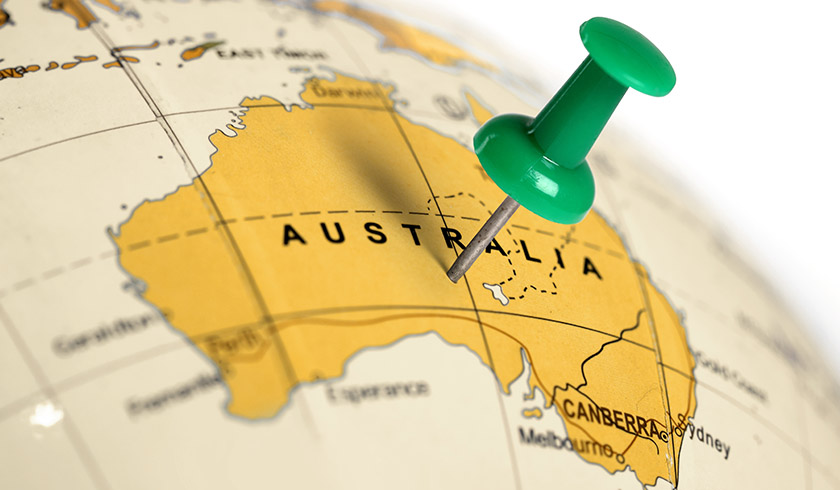Popular state shrinks as interstate migration data revealed
Analysis of figures from the Australian Bureau of Statistics is showing a population rise nationally, but one popular state is actually shrinking. Where are people flocking to?

ABS figures revealed a population increase of 395,101 people over the 12 months to September 2018, a rise of 1.6 per cent.
In the latest CoreLogic Property Pulse report, CoreLogic head of research Tim Lawless said the biggest drivers behind this growth were net overseas migration and births outweighing deaths.
However, on a state-by-state basis, interstate migration was a significant contributor to population growth.
Over the same period, there were also 394,193 interstate arrivals within the country.
“Australians are becoming more willing to move interstate, with the 394,193 arrivals over the past year the greatest number since September 2003,” Mr Lawless said.
“While the economies of NSW and Vic remain much stronger than elsewhere, the cost of housing in these states is also much higher than elsewhere.
“With greater flexibility around working remotely nowadays, it’s no surprise that the trend towards more interstate movements is increasing – we would expect that this trend is set to continue over the coming years.”
The Property Pulse also broke down the interstate arrival figures across the states and territories over the last 12 months to September 2018:
NSW
Net interstate migration to NSW was at its lowest point since 2008, with a loss of 22,113. The majority of interstate arrivals came from Queensland, with 36,730 people moving south of the border. Victorians were second with 25,876 and those from the ACT were third with 11,728. Migrations from the latter two locations were at their highest levels since 1993 and 1997, respectively.
Victoria
Net interstate migration figures to Victoria were at 13,985, the lowest since December 2015. New South Welshmen made up the largest interstate migration source at 32,688 people. Highs were recorded from Queenslanders at 22,433, Tasmanians at 4,195 and those from the ACT at 4,076, which were the highest levels ever recorded from both Queensland and the ACT, and since March 2004 for Tasmania.
Queensland
Queensland saw nearly half of its interstate migration come from NSW at 52,409, totaling 49.45 per cent. This was the highest level since December 2005.
South Australia
Like Sydney, SA also saw a net loss of residents, with 4,608 people leaving the state, yet is its smallest net loss since June 2015. Victorians were responsible for the highest level of interstate migration into the state at 6,830, the highest level since December 2007.
Western Australia
WA joined the states which saw a net loss of residents, with 10,304 people leaving the state. New South Welshmen topped the list for interstate migration figures, attracting 7,970 people from the state, the highest since September 2014.
Tasmania
Net interstate migration for the southern-most state was recorded at 2,370, which is the highest levels since June 2004. Topping the list for the highest number of interstate migrants came from Victoria at 4,053 people, the most since September 2004.
Northern Territory
Another area to record a loss of residents, the NT saw 3,920 residents leave in net interstate migration, the largest loss ever recorded.
As for those entering the territory, the most came from Queensland at 3,848.
ACT
The ACT only saw a slight gain in interstate migration, recording 274 people entering the state. New South Welshmen made up over half of the arrivals for the year at 56.7 per cent of all arrivals with 12,604 people.
